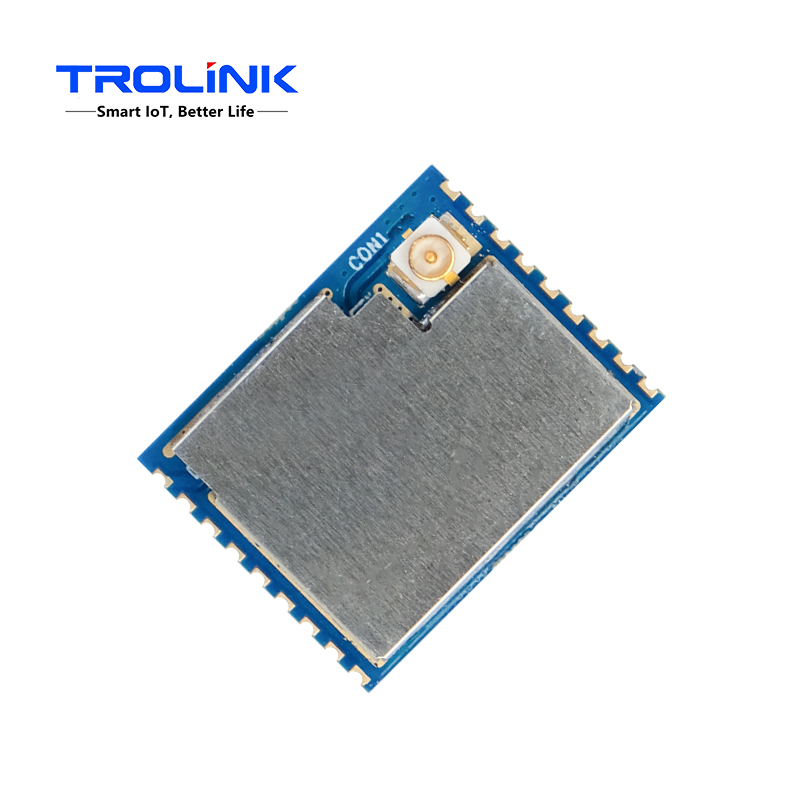IoT (Internet of Things) has revolutionized the way we perceive and interact with devices. The heart of this transformation lies in the seamless communication between IoT modules and cloud platforms. This article aims to delve into the intricate workings of this communication, elucidating how it facilitates both data transmission and remote control.
The communication between IoT modules and cloud platforms is established through a variety of methods. One of the most fundamental approaches is through the utilization of wireless protocols such as Wi-Fi, Bluetooth, Zigbee, or cellular networks. These protocols enable the IoT modules to establish connections with the cloud platform, paving the way for seamless data transmission.
Once connected, the IoT module employs secure data transfer mechanisms such as MQTT (Message Queuing Telemetry Transport) or HTTP (Hypertext Transfer Protocol) to transmit data to the cloud platform. MQTT, a lightweight messaging protocol, is often favored for IoT applications due to its efficiency in bandwidth and power consumption. On the other hand, HTTP enables ubiquitous data transmission and is widely used in web-based IoT applications.
The data transmitted from the IoT module to the cloud platform can include a plethora of information, ranging from sensor data, device status, environmental parameters, to user-generated inputs. The robustness and reliability of this data transmission process underpin the seamless functioning of IoT applications.

The communication between the IoT module and the cloud platform not only facilitates the transmission of data but also enables remote control and management. Through the cloud platform, users can remotely access and interact with the IoT module, thereby controlling various aspects of the connected devices or systems.
Remote control can be achieved through device-specific protocols or standardized interfaces provided by the cloud platform. Device-specific protocols are tailored to the unique functionalities and requirements of the IoT module, enabling fine-grained control. Standardized interfaces, such as REST APIs (Representational State Transfer Application Programming Interfaces), offer a generic approach, allowing users to access and manage IoT devices uniformly.
By leveraging these control mechanisms, users can remotely perform actions such as turning on/off devices, adjusting settings, monitoring real-time data, and even executing complex automation routines. This level of remote control empowers users with convenience, efficiency, and enhanced capabilities to streamline and optimize their IoT ecosystem.
The communication between IoT modules and cloud platforms brings forth a plethora of opportunities in the world of IoT. It enables seamless data transmission and empowers users with remote control and management capabilities. Through robust wireless protocols and secure data transfer mechanisms, the IoT ecosystem thrives on the constant flow of information between modules and the cloud. As we delve deeper into the era of IoT, understanding and harnessing the power of this communication will be crucial in unlocking the full potential of this technology.
 Trolink Joint With Tuya to Make Iot Benefit Every Family
Trolink Joint With Tuya to Make Iot Benefit Every Family
 5 Key Indicators for WiFi Module Selection You Have to Know !
5 Key Indicators for WiFi Module Selection You Have to Know !
 IOT module is the brain of smart products
IOT module is the brain of smart products
 What is the signal coverage range of the WiFi module chip?
What is the signal coverage range of the WiFi module chip?